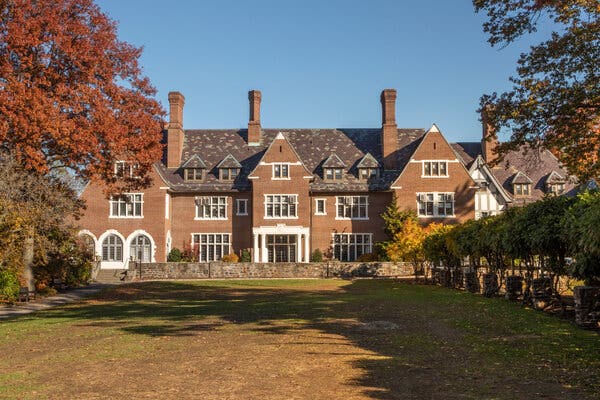American higher education is in crisis. What else is new?
Last year, allegations of scholarly malfeasance brought down the presidents of Stanford and Harvard. Now, public attention is focused on D.E.I. policies and the continuing fallout from the war in Gaza. Our colleges find themselves caught in (take your pick) the cross hairs of the right, the tentacles of the left, the vise grip of bureaucracy, the cultural contradictions of capitalism. Or all of the above.
This situation is urgent and alarming, for sure. It also carries the unmistakable aroma of déjà vu. Back in the early 1990s, when I was in graduate school, professors and pundits fought about political correctness and the literary canon against a backdrop of budget cuts and shifting demographics. In the 1960s, during the civil rights movement and the Vietnam War, campuses were rattled by student unrest. Even before that, the academy was menaced from the outside by rampant anti-intellectualism and from within by administrative bloat.
Every squawking buzzard in American public life — every quarrel about race, class, sex, foreign policy, pronoun usage — takes wing from or comes home to roost on campus. The crisis is permanent, structural, a feature of the conflicting expectations we impose on our schools.
There is a vast body of scholarship to explain why this is so. Academia is a serious place, and it takes itself seriously. But it is also, like Hollywood or Washington, profoundly ridiculous — the kind of symbolically overburdened, sociologically peculiar environment that can only really be understood through satire. Luckily, we have an entire literary subgenre, the campus novel, to fulfill that requirement.

Since the end of World War II, when the G.I. Bill, the baby boom and Cold War-driven federal spending began to feed the furious expansion of higher education, more and more novelists have found employment in colleges and universities. Writers write what they know. What countless postwar American writers have known most intimately is an endless cycle of classes and meetings.
We are having trouble retrieving the article content.
Please enable JavaScript in your browser settings.
Thank you for your patience while we verify access. If you are in Reader mode please exit and log into your Times account, or subscribe for all of The Times.
Thank you for your patience while we verify access.
Already a subscriber? Log in.
Want all of The Times? Subscribe.
